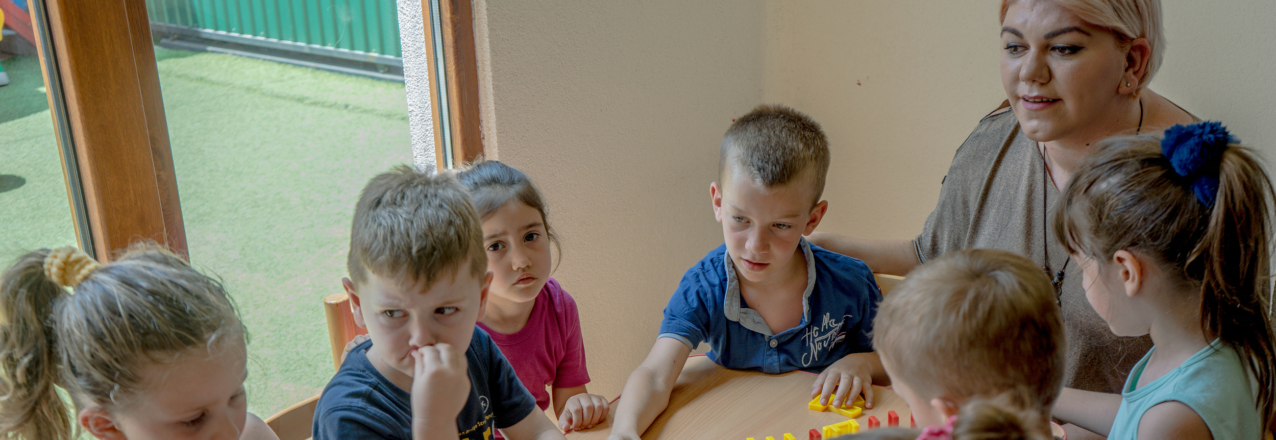From informal social norms that inhibit inheritance rights to inconsistencies in law regarding marriages, women in Kosovo face numerous barriers that limit their property rights. The United States Agency for International Development (USAID), through its Property Rights Program in Kosovo, made great strides over the past 5 years increasing women’s property ownership and land rights. In addition to working with the Government of Kosovo to develop a National Strategy and adopt legislation to improve property rights, USAID’s Property Rights Program launched a national behavior change campaign, which resulted in a positive behavior shift with the percentage of women who initiate inheritance proceedings rising from 0.3 percent in 2015 to 14 percent in 2018.
Traditionally low levels of property ownership by women in Kosovo
In Kosovo, the cultural traditions of informality and patriarchy have created multiple challenges to property rights administration and women’s access to property. In 2014, the Kosovo Cadastral Authority reported only 15 percent of women owned immovable property. Low levels of property ownership indicated that women are limited in their ability to be full economic actors. USAID conducted a baseline survey in 2015 and discovered that the percentage of women who initiate inheritance proceedings was shockingly low at 0.3 percent. Additionally, the percentage of women reporting that they inherited property was only 3.8 percent. While tradition and accepted social attitudes partly explain these statistics, a lack of information and sensitization about women’s property rights also contributed to these numbers.
 Snapshot: After learning about her rights through USAID-supported trainings, Valbona Ajeti and her husband registered their property in both of their names instead of just his. This ensured that Ajeti would not be rejected for a loan from the local bank to develop her food production business.
Snapshot: After learning about her rights through USAID-supported trainings, Valbona Ajeti and her husband registered their property in both of their names instead of just his. This ensured that Ajeti would not be rejected for a loan from the local bank to develop her food production business.
“My business was not always this big, I had some machines and a small number of people engaged. Now, having a parcel carried in my name from my husband’s inheritance will be a boost to my success as a businesswoman,” declares Ajeti. She now has no limitations on getting loans and expanding her business in terms of space, larger equipment and an additional workshop for her staff.
Learn MoreOvercoming cultural barriers to increase women’s land and property rights
To address traditional concepts of property and inheritance, USAID, in close collaboration with the Government of Kosovo, civil society, schools, and media, developed and carried out a far-reaching social and behavioral-change communications campaign to shift societal attitudes toward acceptance of women to inherit and own property. The campaign, paired with building safeguards for women into legislation, produced results. The percentage of women who initiate inheritance proceedings rose 46-fold, from 0.3 percent to 14 percent, and the percentage of women reporting that they have inherited property tripled, from 3.8 percent to 13.7 percent.
Even though these numbers remain low, the interventions demonstrated that societal norms, culture, and traditions do not present an insurmountable obstacle to women’s property rights. These numbers also suggest that going forward women will likely continue to benefit through increasing levels of inheritance and property ownership.


